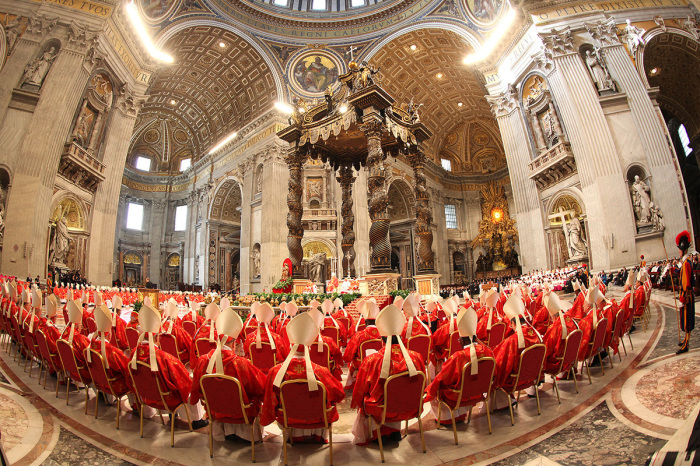
The conclave to elect the new pope will kick off next week as the Roman Catholic Church enters its first whole week without a leader following the death of Pope Francis.
In an X post Monday by Vatican News, the Holy See Press Office announced the conclave will begin on May 7, as “the Cardinals present in Rome made the decision on Monday at the fifth General Congregation.”
The conclave will start more than two weeks after the death of Pope Francis at the age of 88 on April 21 and will be held at the Sistine Chapel in Vatican City, which is slated to remain closed to the public for the foreseeable future.
Matthew Schmalz, a professor of religious studies at the Roman Catholic Church-affiliated College of the Holy Cross in Worcester, Massachusetts, and a noted expert on Catholicism and the papacy, elaborated on what takes place in a conclave in an interview with The Christian Post.
He predicted the upcoming conclave would be “longer than most recent conclaves because many of the cardinals don’t know each other that well.” He did not anticipate “a deadlocked conclave that would last for days and days.”
Many cardinals appointed by Pope Francis, who constitute the overwhelming majority of those expected to participate in the conclave, “come from the margins of the Catholic world” and “don’t actually know each other that well,” the professor said.
The term “conclave” is Latin for “a room that can be locked” and consists of the cardinals “locked away in the Sistine Chapel” until a candidate for the papacy receives the support of two-thirds of the cardinals present.
A total of 135 cardinals are eligible to participate in the conclave, as they meet the requirement laid out in the 1996 apostolic constitutionUniversi dominici gregis that only cardinals below the age of 80 can join in the ritual.
One cardinal, Antonio Llovera of Spain, will not participate due to health concerns. This means that a maximum of 134 cardinals will participate in the conclave.
In the two most recent conclaves, which took place during the 21st century, it took multiple ballots for the eventual pope to receive the number of votes necessary to secure the position.
In 2005, when Pope Benedict XVI was elected, it took four ballots. Eight years later, it took five rounds of voting before Francis secured the support necessary to become pope. In each round of voting, the candidate with the fewest votes is eliminated.
Schmalz offered his thoughts on which members of the College of Cardinals are the leading candidates to succeed Francis.
He identified Cardinal Luis Tagle, former archbishop of Manila in the Philippines who now serves as pro-prefect of the Section of the First Evangelization and New Particular Churches of the Vatican’s Dicastery for Evangelization, and Cardinal Matteo Zuppi of the Archdiocese of Bologna in Italy as possible preferred candidates of cardinals who want to “continue the reforms of Pope Francis.”
Schmalz named Malcolm Cardinal Rajinth of the Archdiocese of Colombo in Sri Lanka as a potential candidate who could emerge as a “bridge-builder between conservatives and liberals and people who would like a pope from the global south.” He listed Cardinal Robert Sarah of Guinea as someone who could secure the support of those who wish to “roll back the reforms of Pope Francis.”
Ryan Foley is a reporter for The Christian Post. He can be reached at: ryan.foley@christianpost.com


















